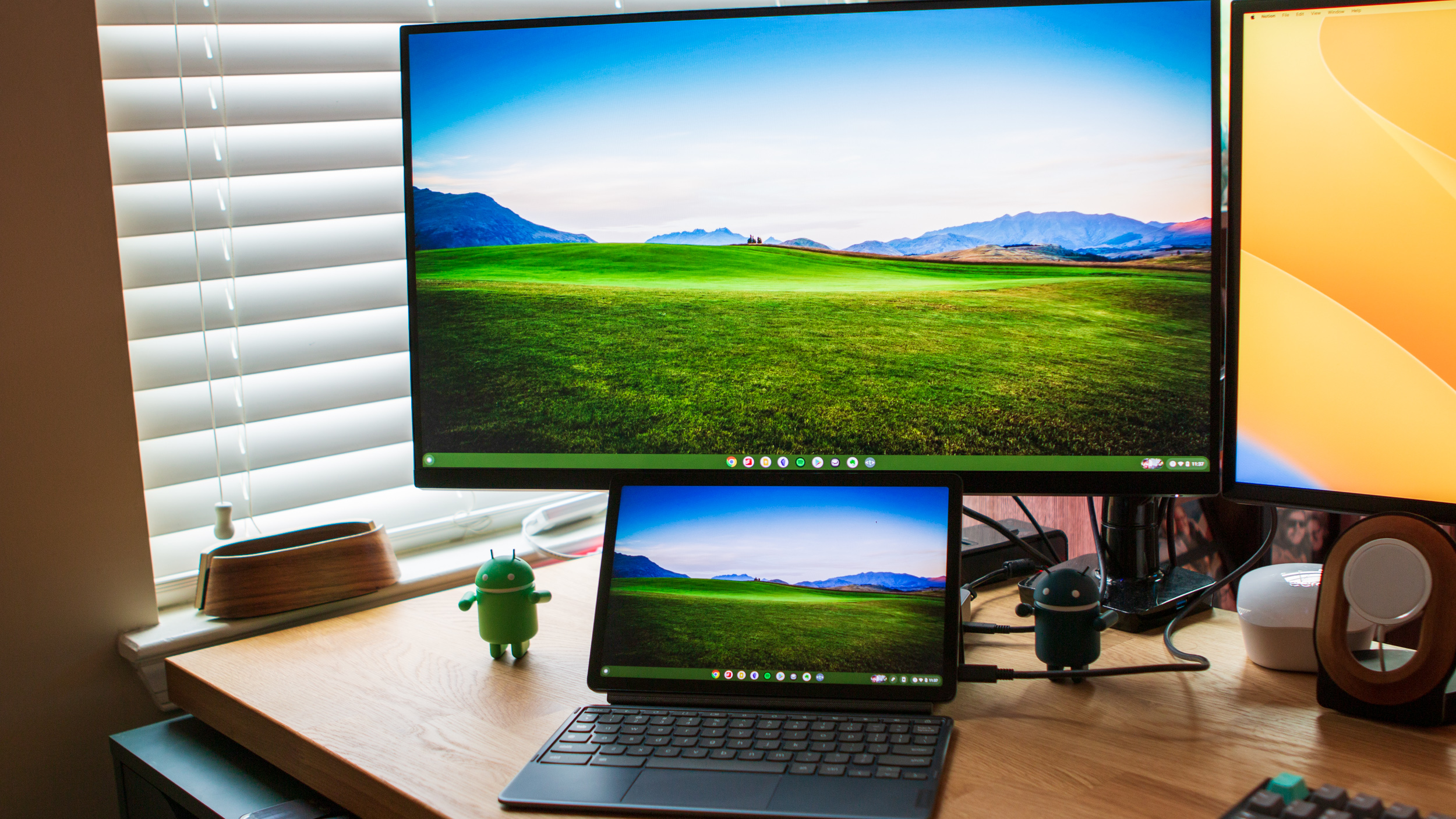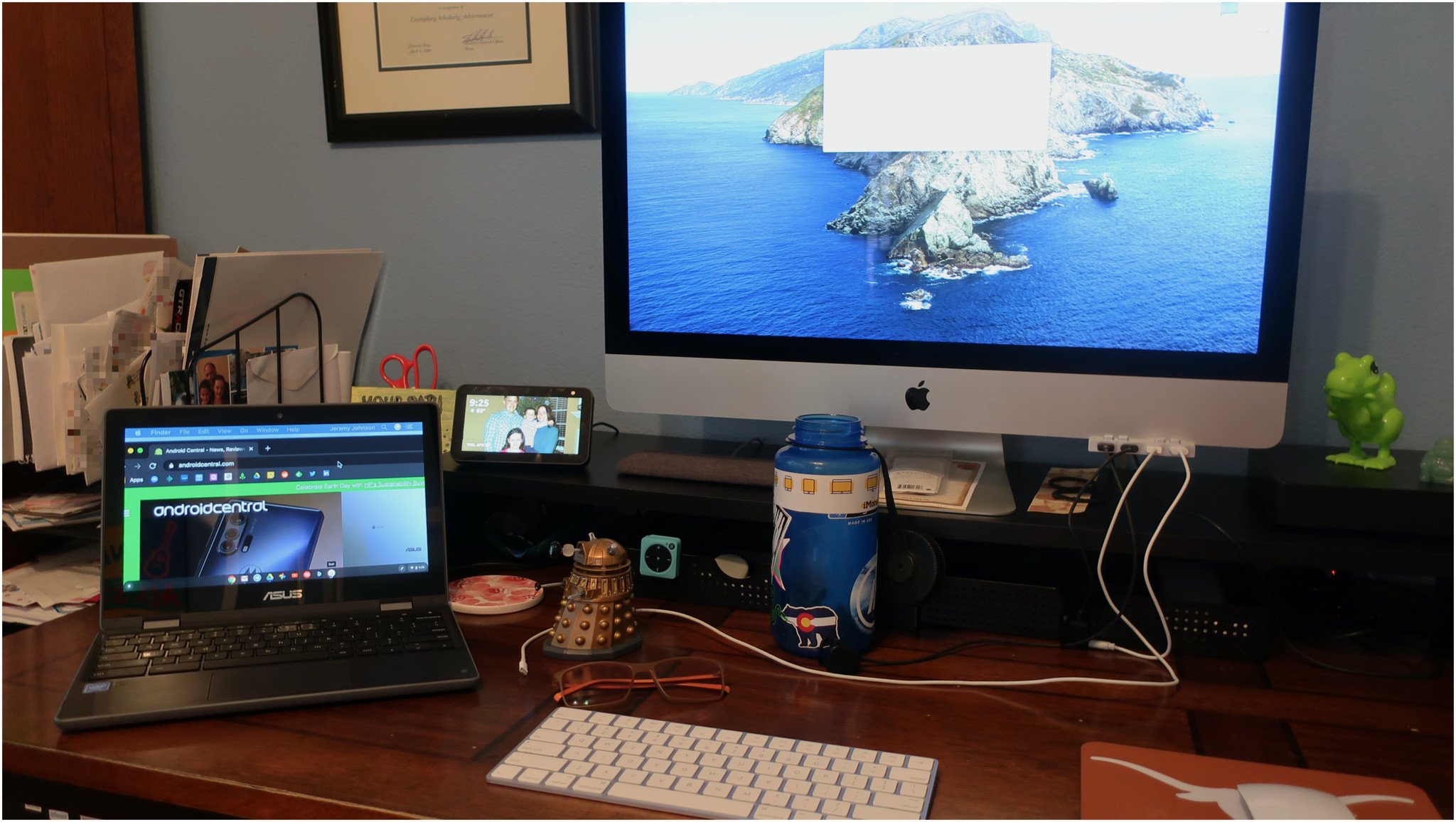Does Chromebook Support Dual Monitors

Chromebook users rejoice! The ability to extend your workspace across two monitors is now a standard feature, dramatically boosting productivity.
This development addresses a long-standing user demand for expanded screen real estate, finally bringing Chromebooks in line with other operating systems in terms of multi-display support.
Dual Monitor Support: A Reality for Most Chromebooks
Who: The update applies to the majority of modern Chromebooks. What: It enables simultaneous use of two external monitors. Where: This functionality is available across various Chromebook models and brands. When: The feature has rolled out over the past several years and is now widely implemented.
The rollout hasn't been uniform. Some older Chromebooks might lack the necessary hardware or software capabilities. Check your specific model's specifications or consult the manufacturer's website.
Most Chromebooks with a USB-C or HDMI port can connect to external displays. Adapters can bridge compatibility gaps, allowing you to connect monitors with different input types.
How to Connect and Configure Dual Monitors
Connecting is straightforward. Simply plug your monitors into the available ports. Your Chromebook should automatically detect the displays.
Navigate to Settings > Device > Displays to configure the arrangement and resolution of your monitors. You can choose to mirror displays or extend your desktop across both screens.
Customize display settings further. Adjust brightness, orientation, and scaling for optimal viewing experience on each monitor.
Troubleshooting Common Issues
Encountering problems? Ensure your Chromebook's operating system is up to date. An outdated OS can cause display recognition or configuration issues.
Check your monitor connections. Verify that cables are securely plugged in and that you're using the correct input source on your monitor.
Some Chromebooks may require specific display drivers. Consult your manufacturer's website for driver updates or compatibility information.
Limitations and Considerations
While dual monitor support is widespread, some budget-friendly Chromebooks might struggle with demanding graphical tasks across multiple displays. Performance can vary based on your Chromebook's processor and memory.
Older Chromebook models may have limited resolution support for external monitors. This could result in a less sharp or detailed display on larger screens.
Google periodically releases updates that further enhance display capabilities and address compatibility issues. Stay informed about the latest Chromebook OS updates.
The Impact on Chromebook Users
This expanded display functionality offers significant benefits. Professionals can boost productivity by having multiple applications open simultaneously.
Students can benefit from having research materials on one screen while writing on another. Creative professionals can use one screen for editing and the other for tool palettes.
Dual monitor support makes Chromebooks a more viable option. It will empower users across various fields and use cases.
Next Steps and Future Developments
Google is expected to continue improving Chromebook's display capabilities. This includes potentially adding support for more than two external monitors in the future.
Stay informed about upcoming Chrome OS updates. These updates often include performance enhancements and new features related to display management.
Consider upgrading to a newer Chromebook model if you require optimal dual-monitor performance. Especially when working with resource-intensive applications.
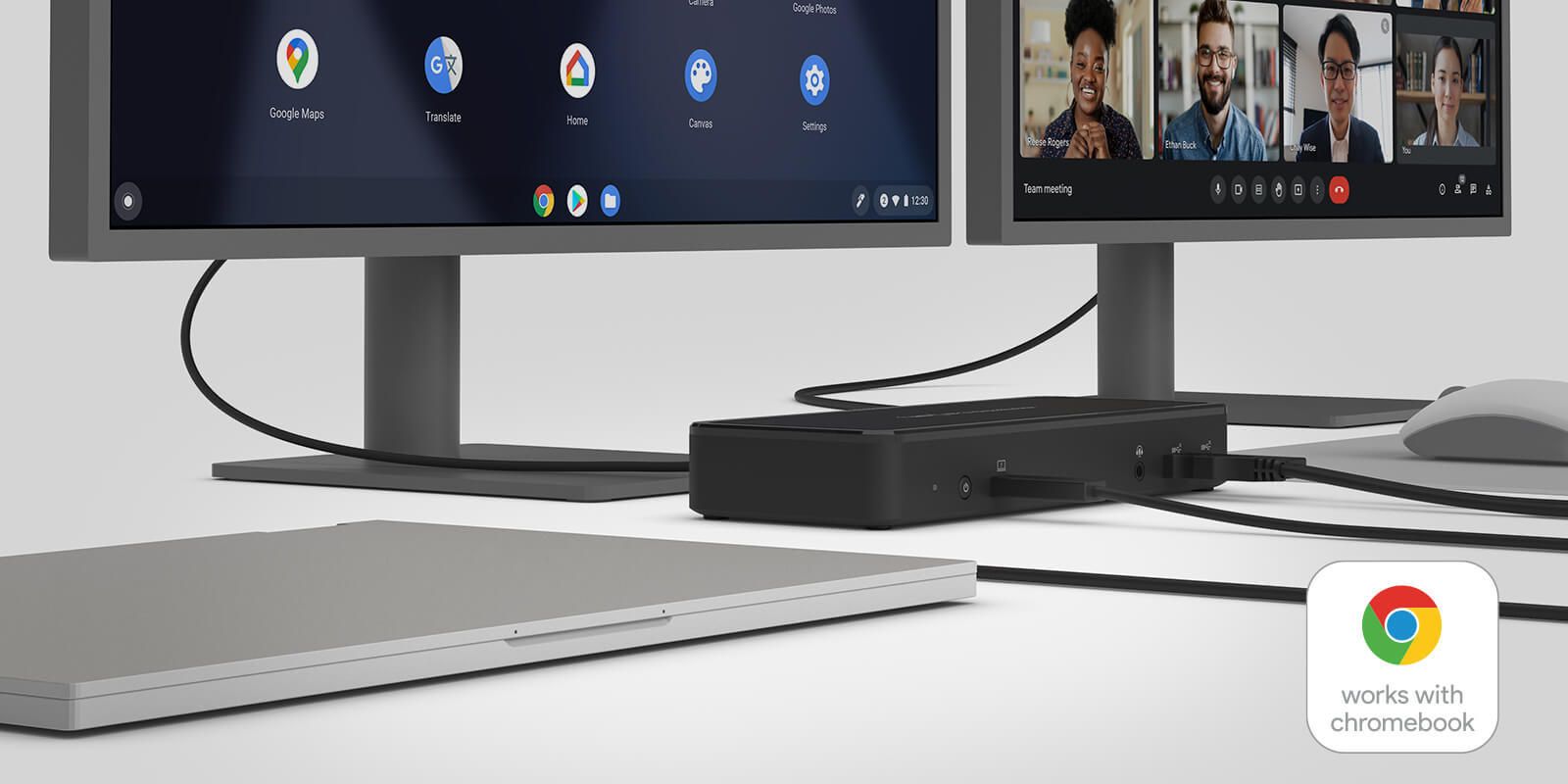
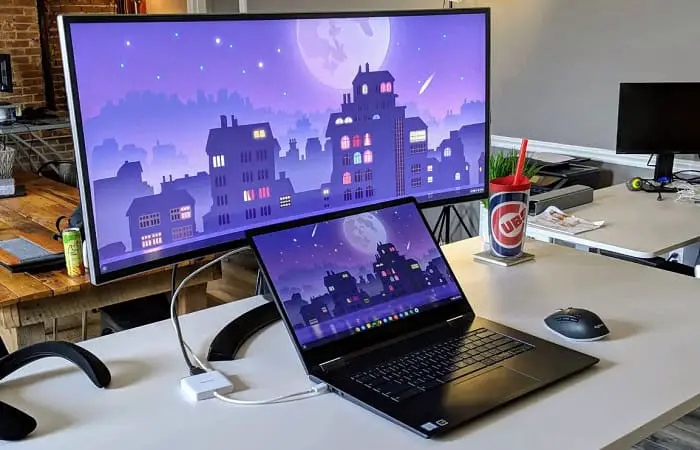
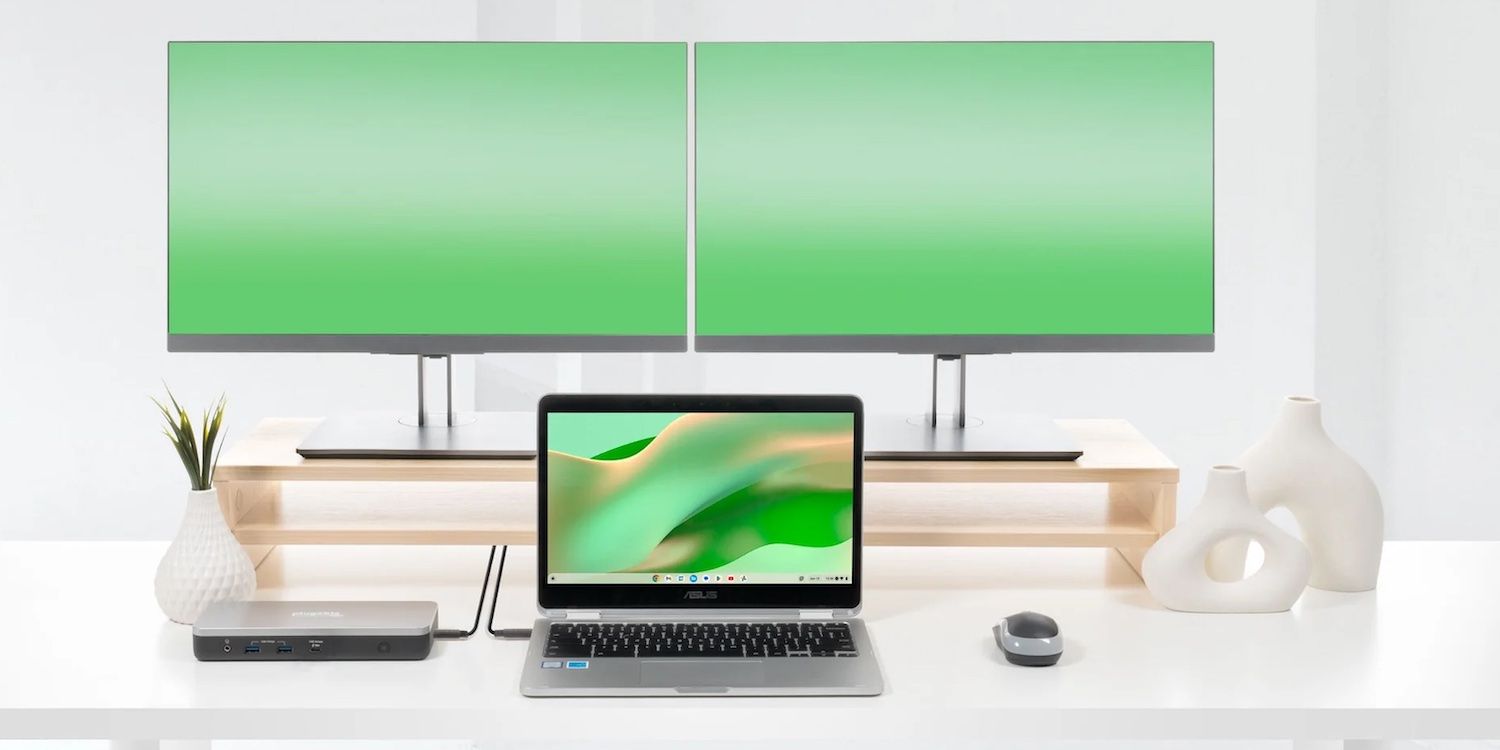







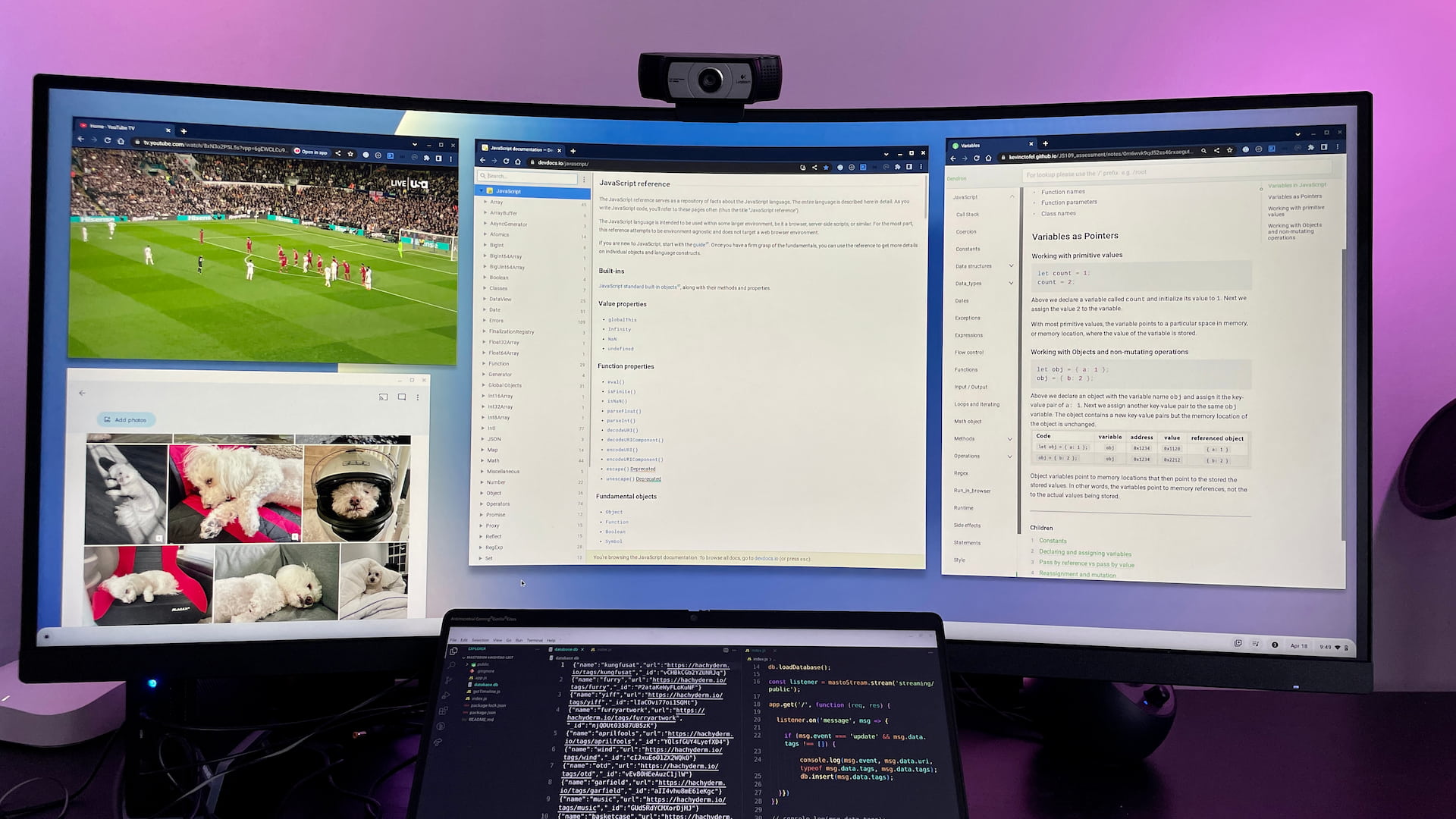
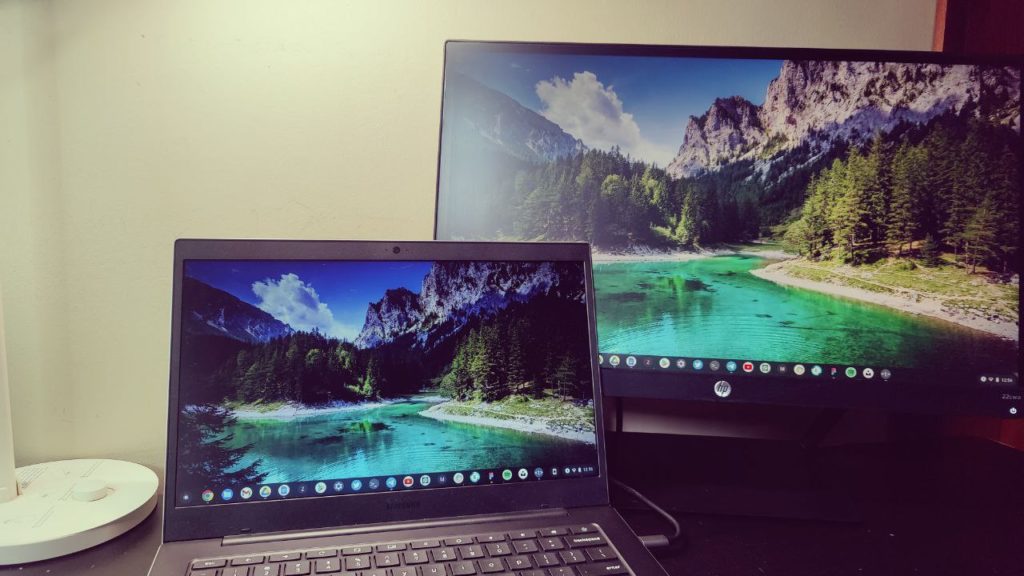
![Does Chromebook Support Dual Monitors How to Use a Chromebook as a Monitor [ 5 Easiest Ways ] - Alvaro Trigo](https://alvarotrigo.com/blog/assets/imgs/2022-12-23/screen-sharing-method-spacedesk-chromebook.jpeg)

